Problem Roses....Straw please help
Khalid Waleed (zone 9b Isb)
7 years ago
Featured Answer
Sort by:Oldest
Comments (38)
Khalid Waleed (zone 9b Isb)
7 years agolast modified: 7 years agoKhalid Waleed (zone 9b Isb)
7 years agolast modified: 7 years agoRelated Discussions
Please post pics of your citrus leaf problems-help w/ ID of cause
Comments (59)Could be a fungus like Vladimir said, could also be an insect egg or just dirt on a bit of fluff. However, I'm more concerned with how dusty the leaves are. I may just be dust or it could be the beginnings of a spider mite infestation. It's a good idea to wash off the leaves from time to time, like maybe every 4-6 weeks. Take them outside and hose them off, or if that's not possible, put them in the shower and shower them off with cool water. Then let them drain well and put them back where they were. It helps prevent spider mites as they're attracted to dusty plants. And your plants love the rinsing off!...See MoreTomato Problem Please Help, Please!
Comments (4)bettsyy, the bumps on the stems may be roots trying to form where the stem got wet, tomatoes will try to put out roots along the stem even above ground if the stem is wet enough... do you water the ground below the plant or the actual leaves? Also, if the yellow leaves are relatively spot-free, and they are the lowest leaves, they could just be dying off due to age and lack of sunlight down low on the plant... or they can be yellowing from overwatering. How is the soil you planted in and how have you been watering and have you had much rain?...See Morehelp me solve my rose problem...please help!!!
Comments (2)hi Brian do you have any possums around?I have had similar damage from possums-they love the young buds.the 46 degres we had has killed some off-but they will be back good luck chas...See MoreProblems with jade plant: spider mites? Edema? Please help! (Pictures)
Comments (3)Do not use soapy water - I know it is often recommended, but it dissolves wax on the leaves...the only soap to be used on plants should be true vegetable-based Castile soap (olive oil based). I do not have experience with neem oil, so can't comment. Lots of marks appear to be oedema (the hard, black bumps), even the bigger dry-looking patches. That happens when plant cant transpire all the water received. Other is possibility of powdery mildew, encouraged by high humidity. What kind of soil/mix is it potted in? Where is this plant kept? How much sunlight is it receiving? Even if you say it dropped lots of leaves, it looks quite etiolated - spaces between internodes are too big. That suggest not enough light. I would also suggest potting plants higher in the pot - the soil level should be higher. That will also help with soil drying up faster and general air circulation that is also important for succulents....See Morestrawchicago z5
7 years agolast modified: 7 years agoKhalid Waleed (zone 9b Isb) thanked strawchicago z5Khalid Waleed (zone 9b Isb)
7 years agoKhalid Waleed (zone 9b Isb)
7 years agoKhalid Waleed (zone 9b Isb)
7 years agostrawchicago z5
7 years agolast modified: 7 years agoKhalid Waleed (zone 9b Isb) thanked strawchicago z5Khalid Waleed (zone 9b Isb)
7 years agostrawchicago z5
7 years agolast modified: 7 years agoKhalid Waleed (zone 9b Isb) thanked strawchicago z5Khalid Waleed (zone 9b Isb)
7 years agostrawchicago z5
7 years agoKhalid Waleed (zone 9b)
7 years agostrawchicago z5
7 years agolast modified: 7 years agoKhalid Waleed (zone 9b)
7 years agoKhalid Waleed (zone 9b Isb)
7 years agostrawchicago z5
7 years agolast modified: 7 years agoKhalid Waleed (zone 9b Isb) thanked strawchicago z5Khalid Waleed (zone 9b Isb)
7 years agostrawchicago z5
7 years agolast modified: 7 years agoKhalid Waleed (zone 9b Isb) thanked strawchicago z5Khalid Waleed (zone 9b Isb)
7 years agostrawchicago z5
7 years agolast modified: 7 years agoKhalid Waleed (zone 9b Isb) thanked strawchicago z5Khalid Waleed (zone 9b Isb)
7 years agostrawchicago z5
7 years agolast modified: 7 years agoKhalid Waleed (zone 9b Isb) thanked strawchicago z5strawchicago z5
7 years agolast modified: 7 years agoKhalid Waleed (zone 9b Isb) thanked strawchicago z5lavenderlacezone8
7 years agolavenderlacezone8
7 years agolast modified: 7 years agototoro z7b Md
7 years agostrawchicago z5
7 years agojabubaoski
7 years agoKhalid Waleed (zone 9b Isb)
7 years ago
Related Stories

SUMMER GARDENINGHouzz Call: Please Show Us Your Summer Garden!
Share pictures of your home and yard this summer — we’d love to feature them in an upcoming story
Full StoryGREEN BUILDING11 Reasons to Live in a House of Straw
Don’t be fooled by the old folk tale. Straw bales are a strong, functional and good-looking building material
Full Story
GREEN BUILDINGWhy You Might Want to Build a House of Straw
Straw bales are cheap, easy to find and DIY-friendly. Get the basics on building with this renewable, ecofriendly material
Full Story
GARDENING GUIDESSolve 3 Common Landscape Problems — With More Plants
Sometimes the best defense is a good offense
Full Story
PETS6 Ways to Help Your Dog and Landscape Play Nicely Together
Keep your prized plantings intact and your dog happy too, with this wisdom from an expert gardener and dog guardian
Full Story
DECLUTTERINGDownsizing Help: How to Edit Your Belongings
Learn what to take and what to toss if you're moving to a smaller home
Full Story
GARDENING AND LANDSCAPINGBe a Citizen Scientist to Help Wildlife, Learn and Have Fun Too
Track butterflies, study birds, capture stars ... when you aid monitoring efforts, you’re lending Mother Nature a hand
Full Story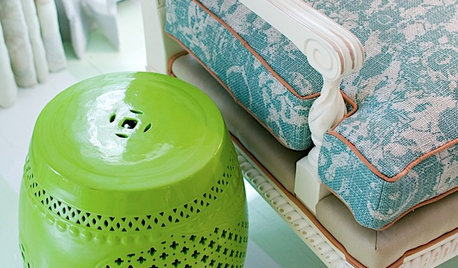
DECORATING GUIDESThe Most Helpful Furniture Piece You May Ever Own
Use it as a table, a seat, a display space, a footrest ... and indoors or out. Meet the ever-versatile Chinese garden stool
Full Story
COLORPick-a-Paint Help: How to Create a Whole-House Color Palette
Don't be daunted. With these strategies, building a cohesive palette for your entire home is less difficult than it seems
Full Story
DECLUTTERINGDownsizing Help: How to Get Rid of Your Extra Stuff
Sell, consign, donate? We walk you through the options so you can sail through scaling down
Full Story








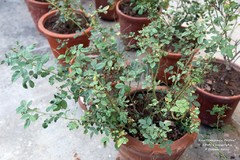




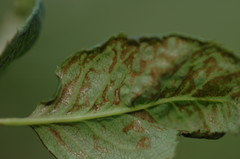
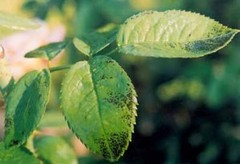
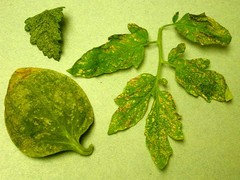
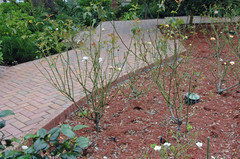

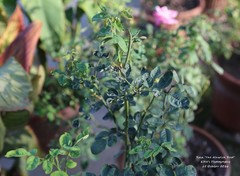
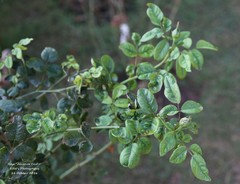


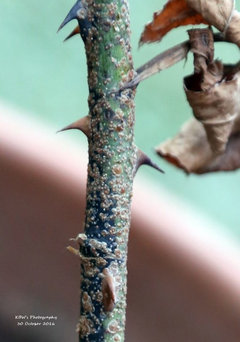

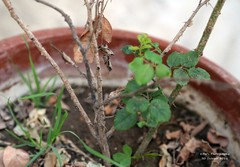
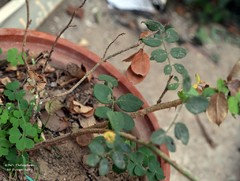

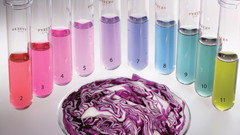
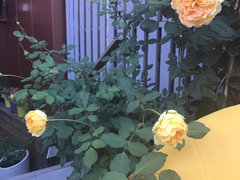

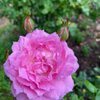
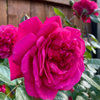

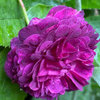
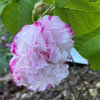
Anna